Fleshj27 - Jun 16, 2013 7:19 pm - Voted 10/10
History MajorI like it! Hope you got a good grade and published.
Matt Lemke - Jun 19, 2013 6:41 pm - Voted 10/10
Awesome Article!I read the entire thing. Very well written!
Josh Lewis - Jun 24, 2013 5:52 am - Voted 10/10
Lots of InfoI listened to Matt read the article out loud which caught my attention. You have earned my rare 10/10, well done Jacob.
nicozone - Jul 5, 2013 5:41 pm - Hasn't voted
The next step?This is an excellent entry into the cannon of Pacific Northwest climbing literature and historiography (which admittedly is not large). I'm sure that you were constrained by time and effort-required, but I feel that I speak for others in the climbing community when I say it would be nice to see this pushed further. There is certainly enough content that this could become a book length piece regarding the evolution of climbing culture in the PNW. There seems (to me at least) to be a need for such reflective analysis that is localized to our backyard crags and peaks. Excellent article!
jacobsmith - Jul 7, 2013 7:23 pm - Hasn't voted
Re: The next step?long term that is definitely the plan. i would like to expand/focus the project on the 1930s through the 1990s and use the PNW as a case study of the interaction between climbing and mainstream culture, and my work over the next couple years will be moving in that direction.
the big, heinous task in front of me is probably tabulating the information in the Beckey guides so that i can look at the chronology and identify patterns, instead of just looking up specific peaks like i have been doing.
schmiddlearth - Dec 20, 2020 6:55 pm - Hasn't voted
ThanksWell done. Check the date for the opening of the North Cascade Highway, as I believe it was later than the 1950’s.


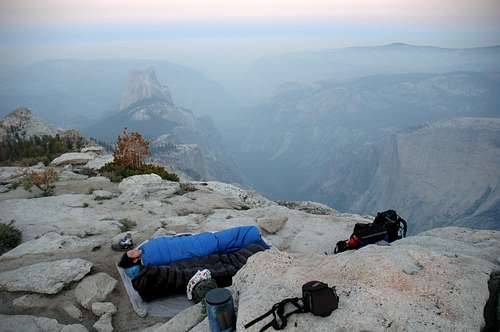
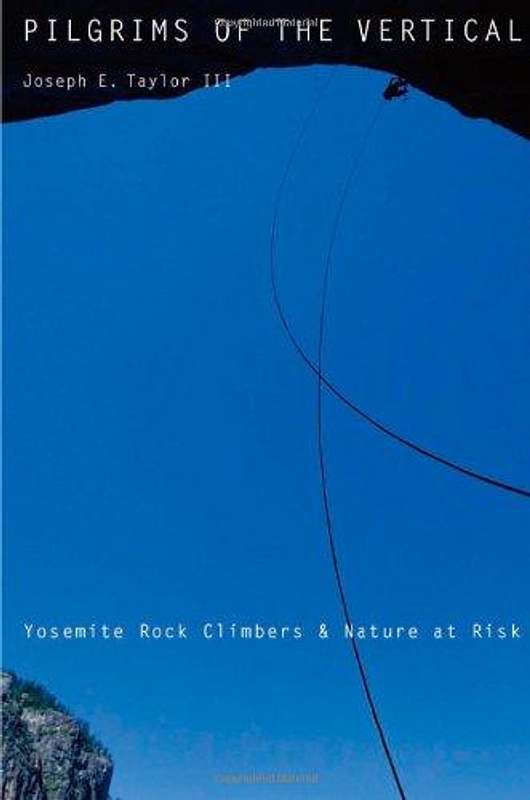
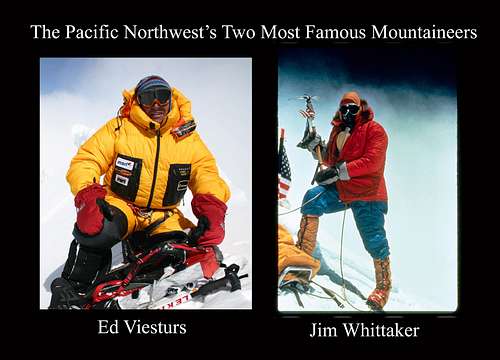

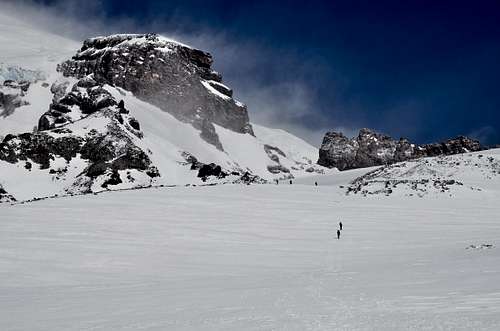
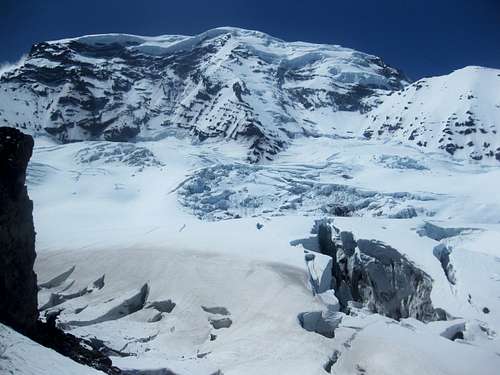
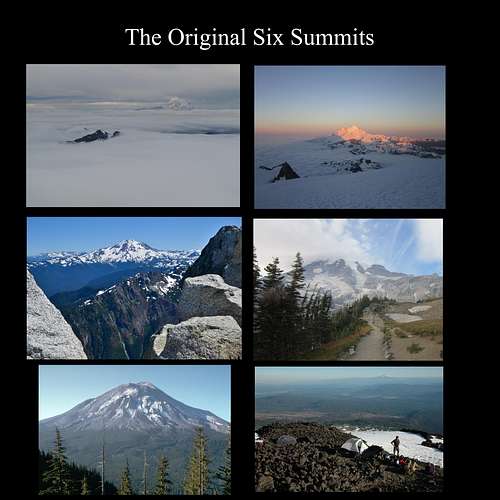
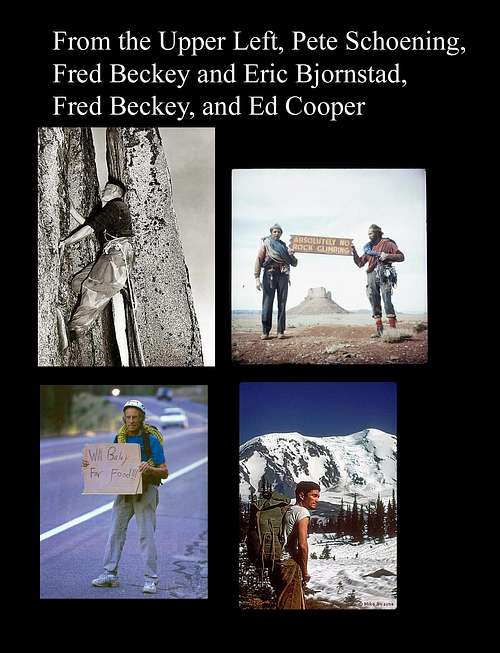
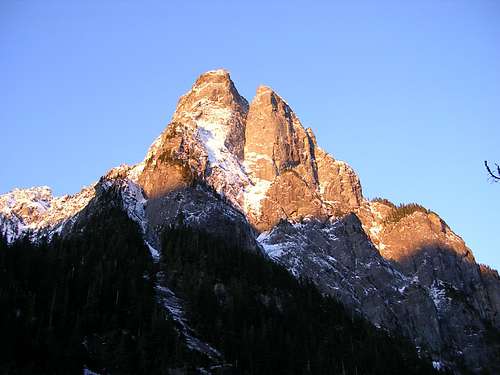
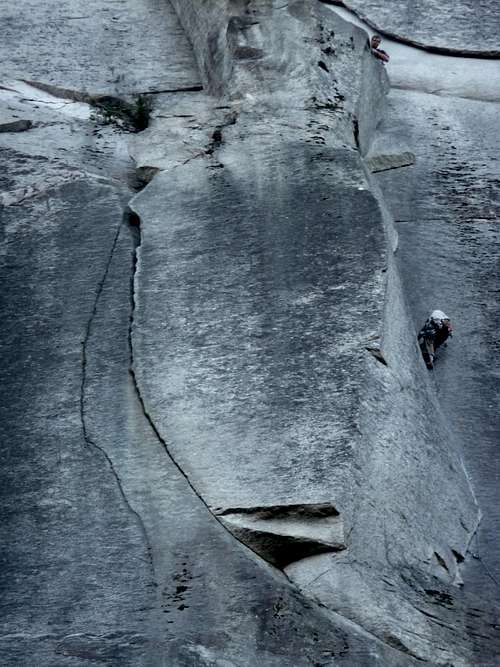





Comments
Post a Comment